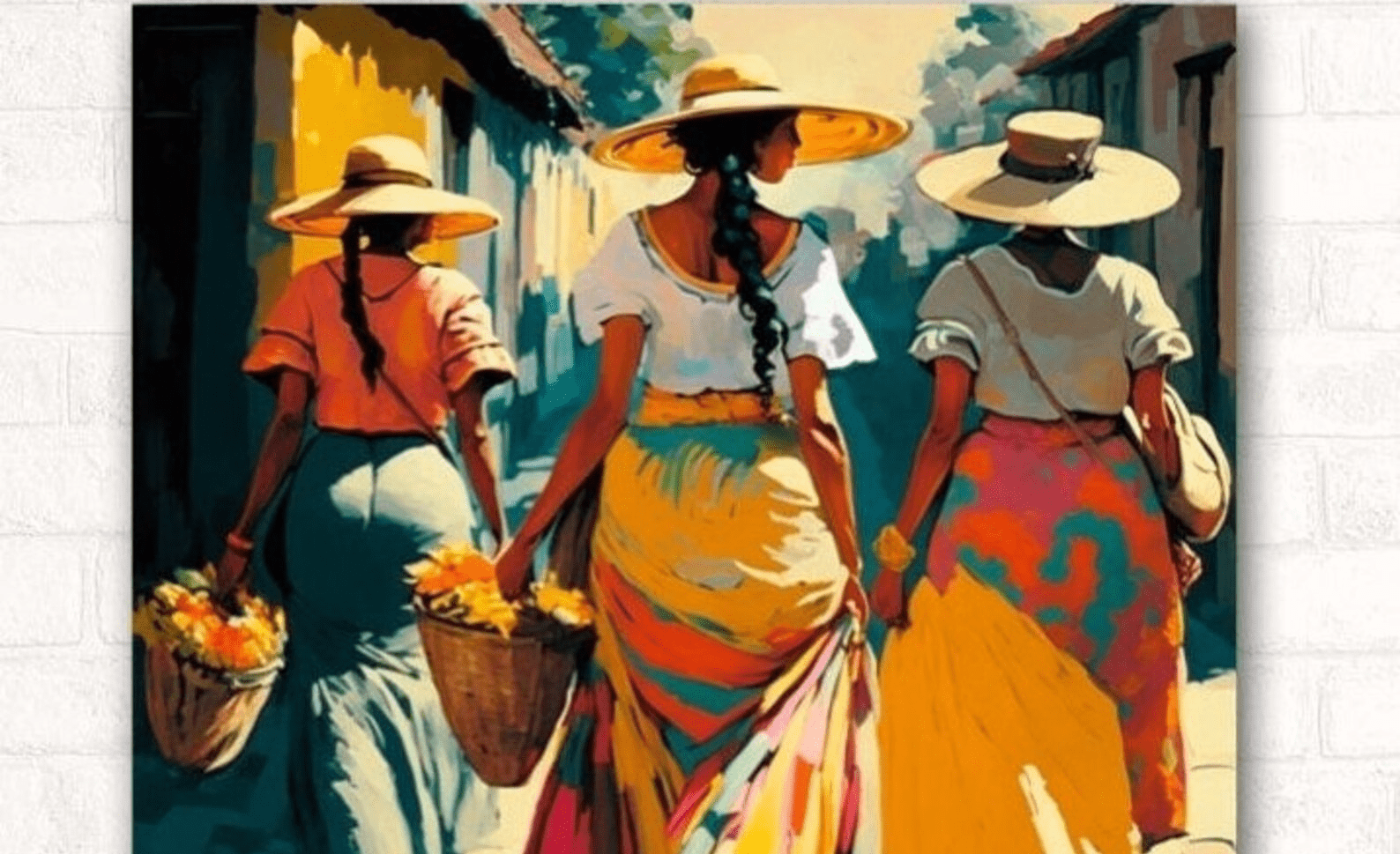Any form of art is exquisite and demands complete focus to produce. It serves as a conduit for natural resources. It fosters interpersonal relationships and provides a safe space for us to express our emotions. Without it, the world would be devoid of sparks. In essence, modern art represents art in the contemporary era. The artists in this group are mostly from the middle of the 1800s to the end of the 1900s. Modern artists’ artwork reflects the crucial theme of modernized societies. It serves as a medium for putting modernization’s essence and importance into practice.

Table of Contents
Culture and the arts have had a significant impact on human evolution. It has been successful in bringing individuals from all over the world together. People find comfort and tranquility in the connection it creates between them and nature. The concept of art has evolved and changed over generations. People of all ages have encountered art in various ways. Art affects people’s perspective and manner of life in addition to facilitating a connection between them and the natural world. Individuals present themselves in the way they want by drawing inspiration from art. Human confidence can be increased through the inspiration of art, which further benefits people’s mental health.
The variety of art forms is astounding; the majority of them are still unknown to us. The main genres of modern art are:
Modern Art: Digital artwork
Digital artwork involves the use of technology as a vital element in creating art. It offers the artists various styles to express their emotions on the screen. In the digital platform, the toolbox of the artist is expanding more than ever today as more technologies are coming up, like NFT, adobe Photoshop, vector image, etc. The utilization of computers to create art has begun since the 1960s. Vera Molnar began creating artwork with computers in 1968, and in 1972, Harold Cohen taught a computer called AARON to paint. The digital form of art has gained a lot of popularity in society today. People have started studying and educating themselves with these concepts; more detailed courses are offered in universities. Digital art can be computer based or made on the screen of electronic devices. The images created can also be converted gradually into a film, and audiences in today’s time love the outcome. Even though interactive images are now in style, audiences are allowed a certain level of control over the image.
Cubism aesthetic
This type of artwork creates a combining perspective by dissecting the composition’s main components into facets or smaller geometrical forms, then accumulating them into multifaceted surfaces. The audience is given an abstract expression through the combination of these perspectives. This aesthetic’s primary goal is to raise doubts about the painting and the illusions it produces. It was abstracted to a degree by cubism, which piqued the interest of both audiences and artists. Pablo Picasso painted a picture of women on a plane called Demoiselles d’Avignon (1907) using oil on canvas. The image appears to be on a plane because the color planes of the painting intersect. Analytical and synthetic cubism are the two main subgenres of cubism.
Analytical cubism is a kind of art form in which an image is expressly fragmented through a methodical breakdown.
Synthetic cubism is an artistic movement that incorporates textures and patterns into its creations. This illustrates a three-dimensional perspective’s essential elements.
Expressionism aesthetic
Realistic emotional expression is achieved in poetry and paintings through the use of expressionism. In the entire history of art, this particular medium has enjoyed the greatest level of popularity. The main goal of this medium is to allow the viewer to feel the same feelings that the creator did when creating the work. It facilitates the presentation of the world from a subjective viewpoint as opposed to a physical one. The art’s distortion amplifies the audience’s experience and makes it possible to evoke certain moods. This kind of art aims to bring the viewer as close to the artist’s emotions as possible. The most outstanding illustration of this kind of art is Vincent Van Gogh’s “The Starry Night.” People from all over the world continue to closely follow his works, even to this day. Van Gogh is called the father of expressionism.
Impressionism aesthetic
Impressionism, a style of painting that dates back to the 1870s, is characterized by incomplete images that highlight the core of the piece. Vincent Van Gogh, Edgar Degas, Claude Monet, and numerous others were among its pioneers. The way that light was used to create this piece of art is what I find most fascinating. It appears that artists frequently experiment with colour and light settings, producing illusions and affecting the images.

Feminist Art History
We have observed it all, starting with the feminist movement for the right to vote and equal rights in society, and we continue to do so. The mention of female established identities is almost everywhere in textbooks. Let us skim through some female artists’ works from history. The emphasis on art history began to emerge in the 1960s and 1970s. The civil rights and feminist movements had undergone upheaval that enabled the coming out of these artists. Many well-known artists have been involved in this movement, such as Teresa Burga, Frida Kahlo, Louise Bourgeois, and Georgia O’Keeffe, who is regarded as the “Mother of American Modernism.” Their impact on the culture of art is unparalleled. Around the world, their creations continue to be highly regarded and honored.
Street art is another incredibly well-liked artistic medium that is used globally. It is designed to stand in contrast to a typical art gallery and gives everyone a chance to showcase their artistic creations. One common type of artwork on the walls is graffiti, which is often seen in different street lanes. This form of art is frequently employed to promote awareness, educate the public, raise awareness of certain issues that need societal attention, or just to showcase artistic ability.
Conclusion:
Whatever the medium, art is exquisite and demands complete focus to produce. It serves as a bridge between nature and humanity. It fosters interpersonal relationships and provides a forum for emotional expression. Art opens diverse avenues for people to execute their imagination. The world would not have any spark without it.
Frequently asked questions:
- Why is modern art important?
Modern art is a crucial element since it educates us about the significant problems facing our society. This is a striking illustration of modernization that makes the viewer pause and consider the issues at hand in depth. Modern art has made it possible to view some traditional expressions in a contemporary setting.
- What does modern art focus on?
Modern art forms use several genres of art to express the issues of today’s world. Reaching a large number of people with knowledge is crucial, and that is what the art form is implementing.
- Why is modern art better?
Every art form has its own unique way of expressing itself, for better or worse. Modern art makes use of all current forms of creativity to give artists the freedom to express themselves more freely and to provide a variety of platforms on which to discuss and act upon social issues.
- Are modern and contemporary the same?
Modern art exists longer than contemporary art. Often used interchangeably, contemporary art varies from modern art in several ways. The contemporary art form continuously explores the meaning of art and forecasts it using a variety of techniques. Contemporary art pushes the envelope to explore its existence and elicit strong reactions from its audience, whereas modern art uses a variety of genres to convey emotions and feelings and establish a deeper psychological connection.



